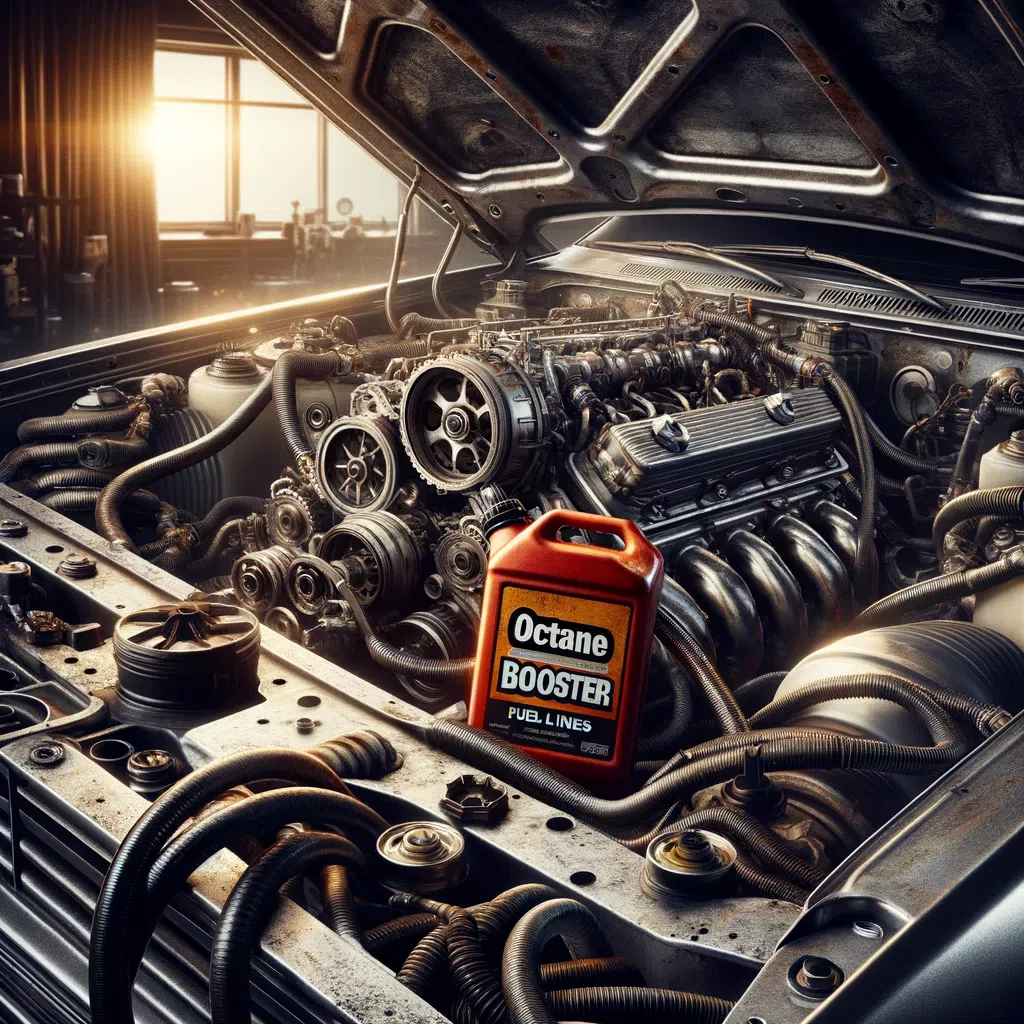As the world transitions to more renewable and eco-friendly energy sources, biofuels like E85 offer an important bridge to more sustainable transportation. E85 is a blend of 85% ethanol fuel and 15% gasoline that can power flex-fuel vehicles. With further technological advances and policy support, E85 may play an increasingly prominent role in powering greener cars and trucks in the future.
What Makes E85 Fuel Attractive
| Key Takeaways |
|---|
| E85 is a renewable biofuel blend that can help lower transportation emissions as part of the transition to sustainable energy |
| Flex-fuel vehicles that can run E85 represent a small but growing share of US cars and have major growth potential |
| Challenges exist around supply, vehicle usage, and fuel economy but can likely be overcome through supportive policies and continued innovation |
| Ethanol usage as a transportation fuel could triple by 2030 and play a vital role despite rise of electric vehicles |
| E85 and next-gen biofuels still have an important role to play in reducing greenhouse gas emissions from transport |
- Renewable. E85 is a biofuel blend with most ethanol derived from corn and other renewable plant sources. This makes it far less reliant on finite fossil fuel reserves. The potential is there for ethanol feedstocks to be grown in more sustainable ways as well.
- Lower emissions. Using E85 results in fewer non-renewable greenhouse gas emissions compared to traditional gasoline, estimated to range between 30-50% less depending on the study. Ethanol burns cleaner in general.
- Adaptable infrastructure. E85 can leverage a similar transportation and retail fueling infrastructure to existing petrol and diesel fuels. This means E85 can scale up easier with some modifications and additions like more flex-fuel pumps rather than requiring massive new networks of fueling stations.
Current and Future Viability

While promising, there are still significant hurdles to making E85 a mainstream fuel, including:
| Challenge | Details |
|---|---|
| Limited flex-fuel vehicle use | Only about 2% of light-duty vehicles on U.S. roads were flex-fuel in 2020, limiting current ethanol fuel demand |
| Relatively low fuel economy/MPG | E85 FFVs average about 25-30% fewer miles per gallon compared to regular gasoline |
| Regional supply constraints | Most ethanol is produced and used in the Midwestern U.S. currently |
However, sustained policy support and private sector investment to boost flex-fuel vehicle production and make E85 pricing more competitive could enable substantial growth going forward.
Projections for U.S. ethanol use for fuel indicate potential demand could reach up to 36 billion gallons/year by 2030 in a high oil price scenario. This is nearly triple 2021 usage levels. Furthermore, next-gen biofuels and cellulosic ethanol from non-food sources may allow supply to expand sustainably.
On the auto side, the White House has set a non-binding target of 50% of new car sales being electric or plug-in electric hybrids by 2030. But robust ethanol biofuel usage can still be complementary to realize climate goals during what promises to be a lengthy transition. E85 and flex-fuel vehicles will remain part of the equation in reducing transportation emissions for years to come.
The Bottom Line
While questions remain about optimal feedstocks and scaling production, innovations in biofuels like E85 ethanol blends do promise to displace more fossil fuels in powering greener transportation options. As technology improves and policies incentivize its usage further, E85 could carve out a growing niche in fueling more sustainable mobility.

Elenor Desmaris, the driving force behind E85Calculator.com, is a fuel efficiency guru committed to helping you maximize your vehicle’s performance. With the Ultimate Guide Fuel Efficiency Calculator, Elenor equips you with the knowledge and tools to optimize your fuel consumption, save money, and reduce your environmental impact. Get ready to embark on a journey towards smarter and greener driving with Elenor’s comprehensive expertise.

